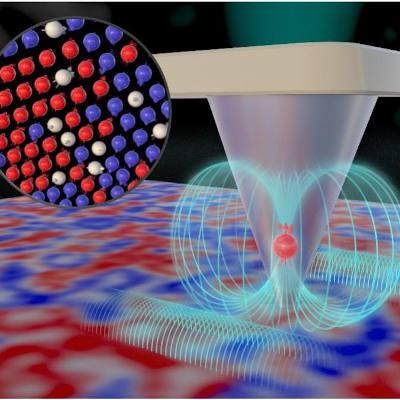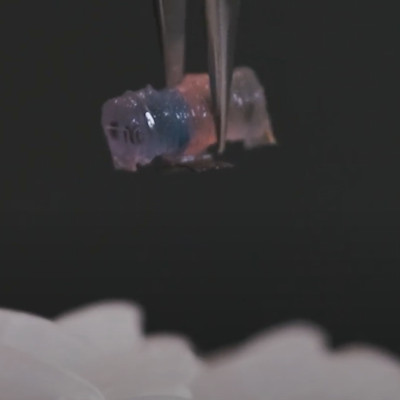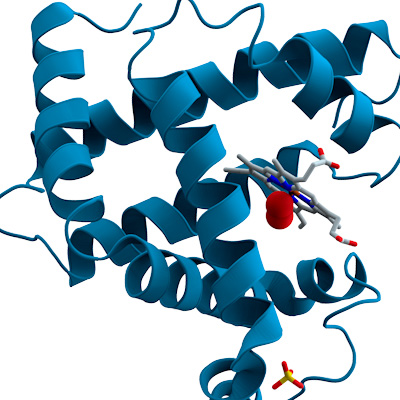How to harness 2D magnetic materials for high-speed, energy-efficient computing
Feb. 22, 2024.
2 mins. read.
Interactions
Switching at room temperature
Two-dimensional magnetic materials, composed of layers only a few atoms thick, have incredible properties that could one day allow magnetic-based devices to achieve unprecedented speed, efficiency, and scalability while using far less energy.
The problem: these materials require extremely cold temperatures. But now MIT researchers have demonstrated switching a “van der Waals” magnet at room temperature, using pulses of electrical current. This is similar to how a transistor switches between open and closed to represent 0s and 1s.
Making electrons behave like tiny magnets
To do that, the team fired bursts of electrons at a magnet made of a new material that can sustain its magnetism at higher temperatures. The experiment used spin, which makes electrons behave like tiny magnets.
“The heterostructure device we have developed requires an order of magnitude lower electrical current to switch the van der Waals magnet, compared to that required for bulk magnetic devices,” says Deblina Sarkar, the AT&T Career Development Assistant Professor in the MIT Media Lab and Center for Neurobiological Engineering, head of the Nano-Cybernetic Biotrek Lab, and the senior author of a paper on this technique in the journal Nature Communications.
In the future, such a magnet could be used to build faster computers that consume less electricity and make complex AI algorithms more energy-efficient.
An atomically thin advantage
To operate the magnet at room temperature, the researchers used a material called iron gallium telluride. This atomically thin material has all the properties needed for effective room temperature magnetism and uses spin (up or down) to switch its magnetization at room temperature.
“Our next milestone is to achieve switching without the need for any external magnetic fields. Our aim is to enhance our technology and scale up to bring the versatility of van der Waals magnet to commercial applications,” Sarkar says.
Citation: Kajale, S.N., Nguyen, T., Chao, C.A. et al. Current-induced switching of a van der Waals ferromagnet at room temperature. Nat Commun 15, 1485 (2024). https://doi.org/10.1038/s41467-024-45586-4 (open-access)
Let us know your thoughts! Sign up for a Mindplex account now, join our Telegram, or follow us on Twitter.


.png)

.png)


.png)





0 Comments
0 thoughts on “How to harness 2D magnetic materials for high-speed, energy-efficient computing”